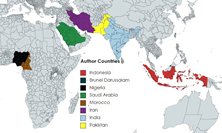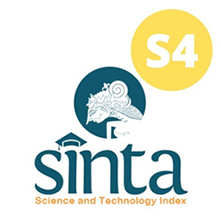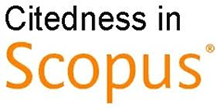Design Analysis of Portable 1 Channel Infusion Device Analyzer Using Sensor SKU 237545
Abstract
An infusion pump is a tool used to inject a certain amount of fluid into the patient's body through the patient's veins continuously over a certain period of time. A syringe pump is a tool that functions to push the syringe rod so that it can produce a flow ranging from microliters to milliliters per minute periodically with high accuracy. Very often there are problems with blockages or occlusion when using infusion pumps and syringe pumps. The occlusion limit set is ≤20 PSI according to ECRI. The presence of occlusion in the infusion pump and syringe pump can be identified when there is an alarm buzzer which will sound when a blockage is detected. A 1 Channel Portable Infusion Device Analyzer has been designed using the SKU 237545 Sensor, namely by using a 1 channel flowrate and occlusion sensor and making it portable to be efficient. For this reason, it is necessary to analyze the performance of the tools that have been created. How accurate is it? From the results of performance testing, Oclusion was corrected at 0.242 psi and 0.3 Psi. For flow rate, the largest correction was 2.4 ml/hour and the uncertainty was 6,046 ml/hour. This shows that the accuracy of the design is still quite high and the resulting tool is still not stable, this can be seen from the uncertainty value. The uncertainty that occurs is likely due to the sensitivity of the droplet sensor related to the detection time of the droplet

This work is licensed under a Creative Commons Attribution-ShareAlike 4.0 International License.
Authors who publish with this journal agree to the following terms:
- Authors retain copyright and grant the journal right of first publication with the work simultaneously licensed under a Creative Commons Attribution License that allows others to share the work with an acknowledgement of the work's authorship and initial publication in this journal.
- Authors are able to enter into separate, additional contractual arrangements for the non-exclusive distribution of the journal's published version of the work (e.g., post it to an institutional repository or publish it in a book), with an acknowledgement of its initial publication in this journal.
- Authors are permitted and encouraged to post their work online (e.g., in institutional repositories or on their website) prior to and during the submission process, as it can lead to productive exchanges, as well as earlier and greater citation of published work (See The Effect of Open Access).











